65 F. high in the Twin Cities Tuesday.
64 F. average high on April 28.
45 F. high on April 28, 2014.
2.42″ rain so far in April.
2.44″ average April rain, to date.
5.64″ April of last year, to date.
April 28, 1994: Snow over parts of Minnesota with 7.5 inches at Tower and 4.5 inches in the Twin Cities.
April 28, 1966: Snowstorm leaves 10 inches of snow on the ground across a wide chunk of northern Minnesota.
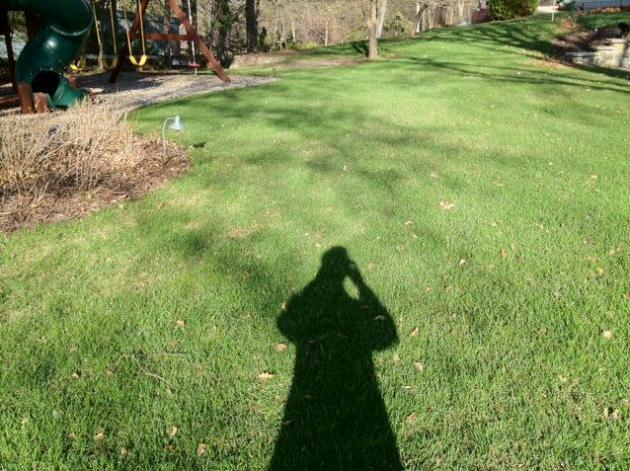
Neon Green
“April prepares her green traffic light and the world thinks Go!” wrote Christopher Morley in “John Mistletoe”.
I’m an equal-opportunity guy when it comes to our seasons. I love them all, but there is something extra-special about spring. Before the onslaught of mutant mosquitoes, drippy dew points and sputtering thunderstorms Mother Nature seems to catch her breath and show off a little in the process.
The older I get the less I take for granted. A year ago highs were in the low 40s with flurries in the metro area. Today will be weather perfection with blue sky, limitless visibility and highs brushing 70F. The downtown skyline will look like something out of a postcard. If we could only bottle these days for future consumption.
Weather bliss spills over into much of next week with a streak of 60s & 70s on tap. We’ll see a few more chilly mornings in May but I don’t see any wintry relapses brewing. A renegade thundershower may kick up some dust Friday; a better chance of soaking storms late Sunday.
On the weather blog below: hot weather careers, why there will be no Hurricane Isis this year, and how climate volatility may increase the risk of earthquakes and volcanoes. Who knew?

Textbook “Upper Air Disturbance”. Tuesday’s visible satellite image (4:30 PM), courtesy of NOAA and AerisWeather showed evidence of a relatively cold pool of air aloft, sparking a counterclockwise swirl of clouds and a few light showers. This disturbance pinwheels east today, leaving us with bright, distracting levels of sunshine.

Trending Warmer. GFS model data from NOAA shows the 72-degree isotherm finally lifting north. Even New England will warm up. 70s should be the rule into at least the first half of next week. I’ve been waiting a long time to type that sentence. Source: AerisWeather.

What A Difference. A year ago today the high in the Twin Cities metro was 42 F. with a trace of snow flurries. Today will seem like we’re on a different planet with blue sky, low humidity, limitless visibility and highs near 70F. A shower or T-shower is possible Friday with a better chance of T-storms Sunday.
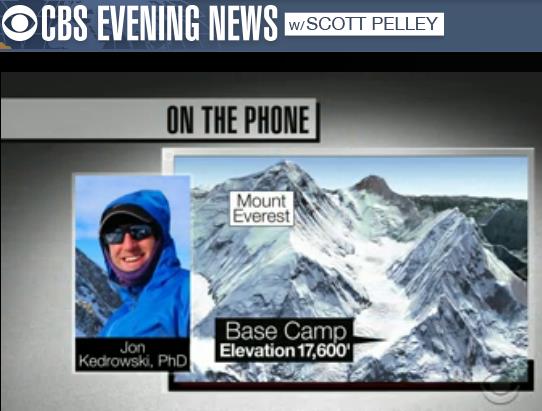
“Tornado-Like” Force Struck Everest, Says Avalanche Survivor. CBS News has the story and video clip; here’s an excerpt: “The avalanche that rolled across Everest base camp came through with the force of a tornado, according to American scientist Jon Kedrowski. Kedrowski was at the camp when an earthquake struck Nepal on Saturday, triggering the slide of snow that killed at least 18 people on the mountain, including four Americans…”

Lake Mead Water Levels, Records, Continue to Fall. Here’s an excerpt of an update from The Las Vegas Review-Journal: “…Federal forecasters expect the lake to stay in record territory and continue to drop through the end of June, when it could dip as low as 1,073 feet above sea level. After that, the reservoir should begin to inch back up as Lake Powell delivers more water downstream. This should give record keepers time to update their ledgers before next April, when the water level will likely to enter historic territory once again. Should Lake Mead start 2016 below the 1,075 mark, it will trigger the first federal shortage declaration on the Colorado and prompt Nevada and Arizona to cut back on the amount of water they take from the river...”
File photo above: “This photo taken, Aug. 18, 2014, shows a view of the white “bathtub” ring around Lake Mead. Taken in the area near Callville Bay Resort & Marina.” (AP Photo/The Sun, Steve Marcus).
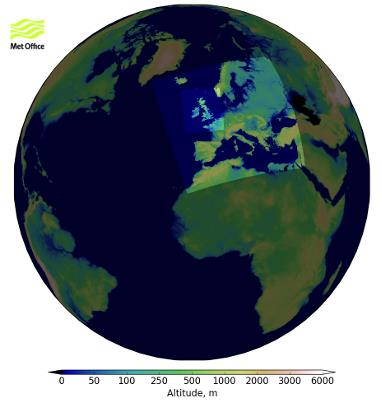
Air Force’s Plan To Drop U.S. Forecast System For U.K. Model Draws Criticism. Meteorologist Jason Samenow has the interesting developments at Capital Weather Gang; here’s a clip: “The U.S. Air Force Weather Agency, which provides forecasts for Air Force and Army missions around the world, plans to replace its U.S.-based forecasting system with a model from the United Kingdom. The U.K. model selected by the Air Force, known as the Unified Model of the United Kingdom Met Office, is widely respected. The Air Force says it will improve its forecast capabilities and lower its costs. Within a single framework, this model is able to provide both short- and longer-range forecasts over large and small areas — which is not a seamless operation within the current U.S. system...”
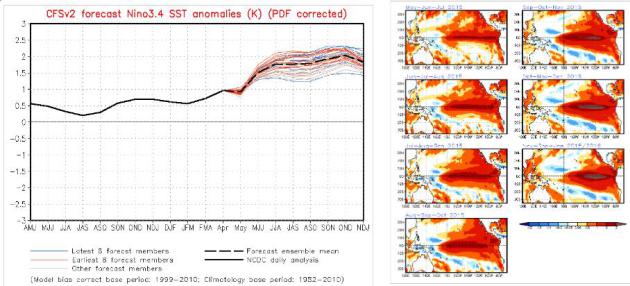
70% Chance of El Nino Lingering into Summer. NOAA CPC is also predicting a 60% chance of El Nino warming conditions spilling over into autumn. Some of the models (above) show temperature anomalies of 1.5 to 2.0C later in 2015.
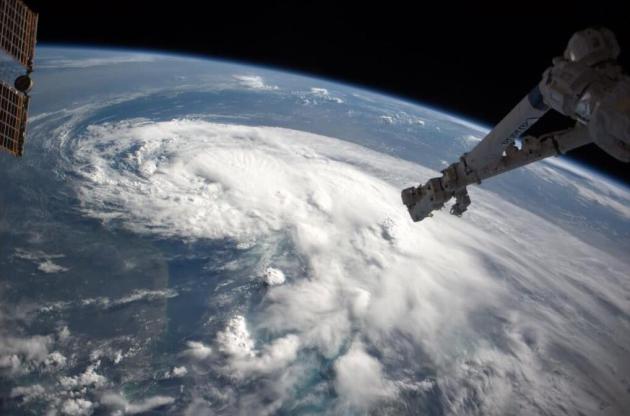
Hurricanes of Terror: Why Two Names Were Dropped From Storm List. No, there will be no Hurricane Isis this year; Live Science explains: “…Two hurricane names linked with terror and death were dropped from the Pacific storm list, the United Nations’ World Meteorological Organization announced Friday (April 17). The first, “Isis,” was booted from the 2016 list of hurricane names because of its association with the brutal Islamic State militant group, the WMO said. Isis, the name of an ancient Egyptian goddess, was replaced with “Ivette...” (Image of Hurricane Arthur: NASA).


Weather-Related Careers Are Hot. What you see on television with meteorology is merely the tip of a large and growing iceberg of career possibilities. Here’s an excerpt from The Chicago Tribune: “Everyone needs to know the weather and how to prepare for it; however, there are a growing number of job options other than weather forecasting for those interested in a career in atmospheric science. Only about 8 percent of those in weather-related professions actually work as on-air new personalities, according to the U.S. Department of Labor‘s Bureau of Labor Statistics (BLS). Most weather-related careers, says the BLS, are in the scientific and technical services areas…” (Image credit: NOAA).
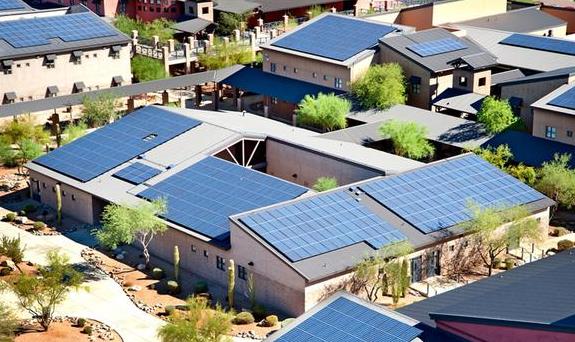
Like Shale Oil, Solar Power Is Shaking Up Global Energy. Here’s a snippet of an interesting article from Reuters: “…A crash in the prices of photovoltaic panels and improved technology that harnesses more power from the sun has placed solar on the cusp of a global boom, analysts say, who compare its rise to shale oil. “Just as shale extraction reconfigured oil and gas, no other technology is closer to transforming power markets than distributed and utility scale solar,” said consultancy Wood Mackenzie, which has a focus on the oil and gas industry. Oil major Exxon Mobil says that “solar capacity is expected to grow by more than 20 times from 2010 to 2040...” (Photo credit: Solar City).

People Don’t Know What’s Healthy. Amen to that. We know we should be eating our vegetables and more sugar is bad, but beyond that? Here’s an excerpt of a fascinating story at The Atlantic: “…There’s nothing inherently good about these changes, but there’s nothing terrible about them either. Splenda might not be any better than aspartame, but it’s probably not any worse, either. GMOs are in 80 percent of our food, so eating a non-GMO burrito bowl or Chunky Monkey cone won’t make much of a dent. If consumers really wanted to make packaged food healthier, they could pressure snack companies to produce smaller portions, or to not market so aggressively to children...”

Why Northern Europeans Are The Happiest People. Bloomberg View takes a look at the data; here’s an excerpt: “Switzerland, Iceland, Denmark and Norway are the world’s happiest countries, according to the 2015 World Happiness Report, which is put out by some influential economists. Three of these European states are not members of the European Union. What are they doing right that the rest of the world is doing wrong?…”
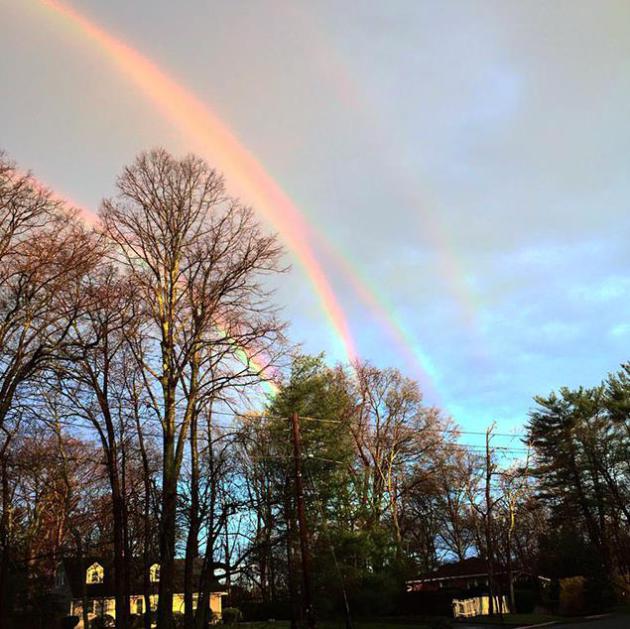
Is This an Extremely Rare Quadruple Rainbow? Petapixel has the story; here’s a link and excerpt: “New Yorker Amanda Curtis was waiting for a train in Long Island, New York, this past Tuesday when she spotted something incredibly rare: a quadruple rainbow in the sky. She quickly snapped and shared a photo of it online, where it became one of the most talked about images over the past couple of days…”

TODAY: Glorious sunshine. Perfect Winds: N 5-10. High: 70
WEDNESDAY NIGHT: Clear and pleasant. Low: 43
THURSDAY: Plenty of sun, still above average. High: 69
FRIDAY: More clouds, passing shower or two. Wake-up: 48. High: 66
SATURDAY: Sunnier, drier, nicer day of the weekend. Wake-up: 53. High: 76
SUNDAY: Few showers and T-storms likely. Wake-up: 57. High: 74
MONDAY: Damp start, clouds linger. Wake-up: 52. High: 66
TUESDAY: Mix of clouds and sun. Wake-up: 47. High: 69
Climate Stories…
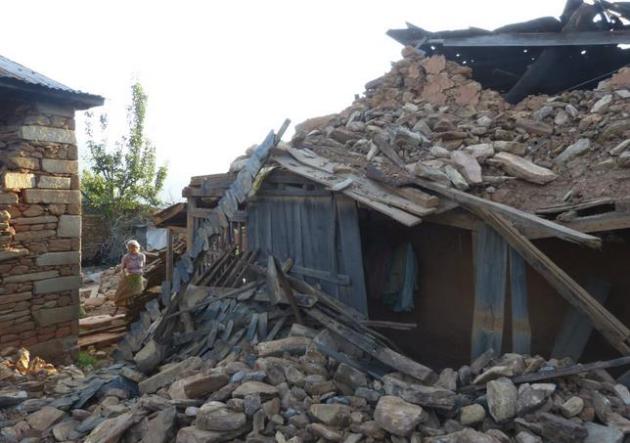

Fossil Fuel Industry Must Change Profoundly, Says Former Shell Boss. Could new breakthroughs and technologies we can’t even dream of today clean up coal, gas and oil and reduce or even eliminate harmful emissions of CO2 and methane? I wouldn’t rule anything out, however unlikely. Here’s an excerpt from The Guardian: “The former chairman of Shell UK has argued the entire oil and gas industry needs to “strengthen its voice” in its response to climate change and step up efforts to develop low carbon technologies. Writing in BusinessGreen, James Smith, who now serves as chairman of green consultancy Carbon Trust, warns that the increasingly high-profile divestment and “unburnable carbon” campaigns had focused attention on whether oil and gas companies can survive in their current form...”

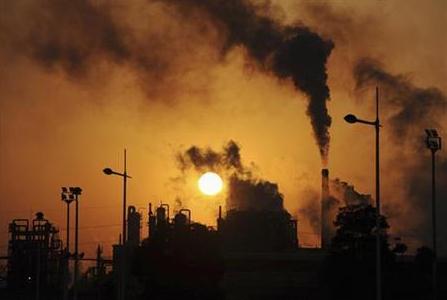
Vatican Official Calls for Moral Awakening on Global Warming. The Guardian has the story; here’s the introduction: “Increasing use of fossil fuels is disrupting Earth on an “almost unfathomable scale”, a top Vatican official has said, warning that a “full conversion” of hearts and minds is needed if global warming is to be conquered. The statement by Cardinal Peter Turkson, Pope Francis’s point man for peace and justice issues, was made at a Vatican summit on Tuesday, which focused on climate change and poverty...”

How To Combat Distrust of Science. Here’s a snippet of a very interesting story at Scientific American: “…People often interpret the same information very differently. As psychologists, we are more than familiar with the finding that our brains selectively attend to, process and recall information. One consequence of this is “confirmation bias,” a strong tendency to automatically favor information that supports our prior expectations. When we consider issues that we feel strongly about (e.g., global warming), confirmation bias reaches a new height: it transitions into “motivated reasoning...”

Inoculating Against Science Denial. Australia’s The Conversation has the story – here’s the introduction: “…Science denial has real, societal consequences. Denial of the link between HIV and AIDS led to more than 330,000 premature deaths in South Africa. Denial of the link between smoking and cancer has caused millions of premature deaths. Thanks to vaccination denial, preventable diseases are making a comeback. Denial is not something we can ignore or, well, deny. So what does scientific research say is the most effective response?...”
Photo credit: “Exposing people to weak forms of anti-science arguments can help them respond when they are hit by the real thing.” NIAID/Flickr, CC BY
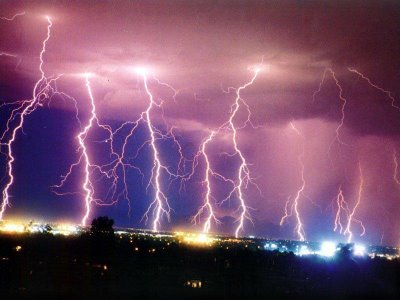
Extreme Heat and Heavy Rain Events Expected to Double. Climate Central has the details of new research; here’s an excerpt: “…These disasters were happening long before humans started pumpint heat-trapping greenhouse gases into the atmosphere, but global warming has tipped the odds in their favor. A devastating heat wave like the one that killed 35,000 people in Europe in 2003, for example, is now more than 10 times more likely than it used to be. But that’s just a single event in a single place, which doesn’t say much about the world as a whole. A new analysis in Nature Climate Change, however, takes a much broader view. About 10 percent of heavy precipitation events worldwide and 75 percent of hot temperature extremes – defined as events that come only once inn every thousand days, on average – can already be attributed to human activity, says the study...”
But that’s just a single event in a single place, which doesn’t say much about the world as a whole. A new analysis in Nature Climate Change, however, takes a much broader view. About 18 percent of heavy precipitation events worldwide and 75 percent of hot temperature extremes — defined as events that come only once in every thousand days, on average — can already be attributed to human activity, says the study.
– See more at: http://www.climatecentral.org/news/extreme-heat-heavy-rain-expected-to-double-18933#sthash.qzVyCqRP.dpuf
But that’s just a single event in a single place, which doesn’t say much about the world as a whole. A new analysis in Nature Climate Change, however, takes a much broader view. About 18 percent of heavy precipitation events worldwide and 75 percent of hot temperature extremes — defined as events that come only once in every thousand days, on average — can already be attributed to human activity, says the study.
– See more at: http://www.climatecentral.org/news/extreme-heat-heavy-rain-expected-to-double-18933#sthash.qzVyCqRP.dpuf

Extreme Weather Already On The Increase Due To Climate Change, Study Says. Here’s an excerpt from The Guardian: “…Extreme heatwaves and heavy rain storms are already happening with increasing regularity worldwide because of manmade climate change, according to new research. Global warming over the last century means heat extremes that previously only occurred once every 1,000 days are happening four to five times more often, the study published in Nature Climate Change said. It found that one in five extreme rain events experienced globally are a result of the 0.85C global rise in temperatre since the Industrial Revolution, as power plants, factories and cars continue to pump out greenhouse gas emissions…”

New Study Links Weather Extremes to Global Warming. Here is additional perspective via Justin Gillis at The New York Times: “The moderate global warming that has already occurred as a result of human emissions is responsible for about 75 percent of daily heat extremes, and about 18 percent of precipitation extremes, scientists reported Monday. Especially hot days of a sort that occurred only once every 30 years or so before the Industrial Revolution are now occurring every six or seven years, the scientists found...”

* The paper referenced above is here.

How The U.S. Plans To Combat Arctic Climate Change. Here’s the intro to a story from The Washington Post: “The United States and seven other Arctic nations vowed Friday to work together to combat climate change at the top of the world and put aside tensions over Ukraine and Russian military activities. As the United States assumed chairmanship of the Arctic Council, a multinational group formed to address environmental and economic issues, Secretary of State John F. Kerry said that the Arctic is undergoing profound climate change at an alarming pace that will affect northern coastal communities and, eventually, the world…”

